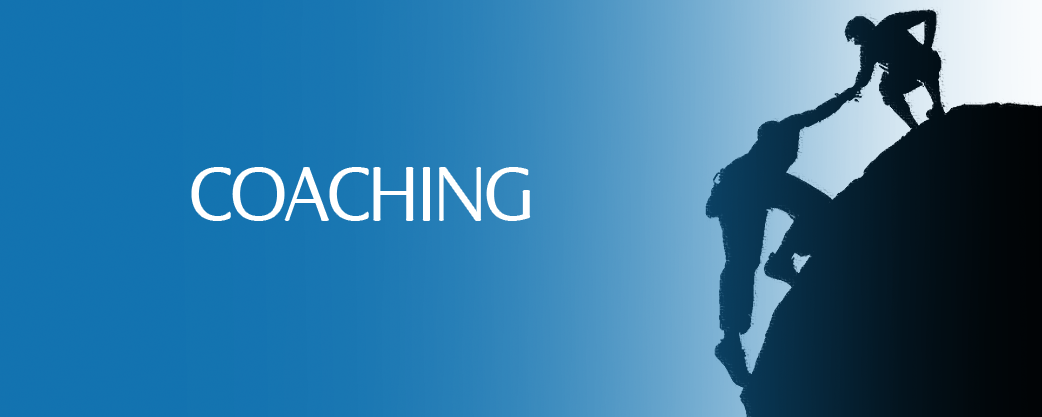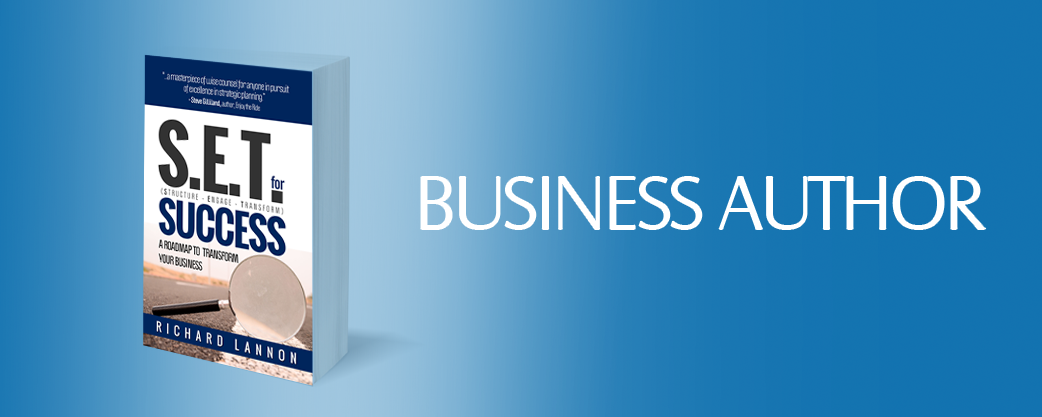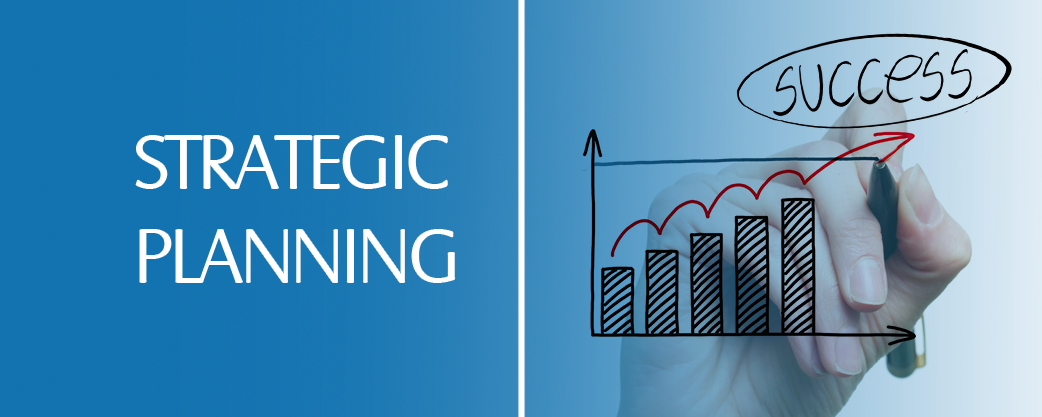I have received a number of emails regarding a statement I made in one of my previous blogs. In that particular post, I mentioned the importance of understanding yourself and others through profiling. The exact quote, “you should profile yourself and the people around you”. So let me […]
Read more →The words question everything has rung out in the halls of many organizations. It is in essence what makes you better at what you do in your business. That is, to be able to ask key business questions so that you have the opportunity to find or […]
Read more →Surprisingly, I get this question a lot. Really it came down to a plan that the people could get into. The key is to recognize that tech people want tech or hard skills training and the business wants business or soft skill training. Over a 4 year […]
Read more →You just never know what is going to happen in your business life. Recently I had to work like crazy to get a bunch of deadlines completed to free my schedule so I could take an unexpected trip, half way across this wonderful country of ours, Canada. […]
Read more →Recently while mountain biking we came across a pump track; a continuous circuit of small dirt hills and jumps that loops back on itself, allowing you to ride it continuously. A couple of teenagers took the time to explain how to use it and teach us a […]
Read more →Can you make it happen? That is a question that every one should ask and answer yes! We all can. Recently when working with a client we had to do that. The teams became stalled due to a business announcement around cost cutting. Suddenly the teams did […]
Read more →








